Munich is one of the largest cities in Germany and also hosts many historical sites that bear the traces of World War II. One of the most important of these places is the Dachau Camp. The Dachau Camp was opened in 1933 as the first concentration camp of Nazi Germany and operated until the end of the war. The camp is a place where approximately 200,000 people were held and 41,500 people died. Today, the Dachau Camp serves as a monument and museum, and visitors can learn about the history of the camp. In Munich, there are also other Nazi-era sites that are preserved as historical monuments.
Dachau Camp: One of the Most Horrific Memories of World War II
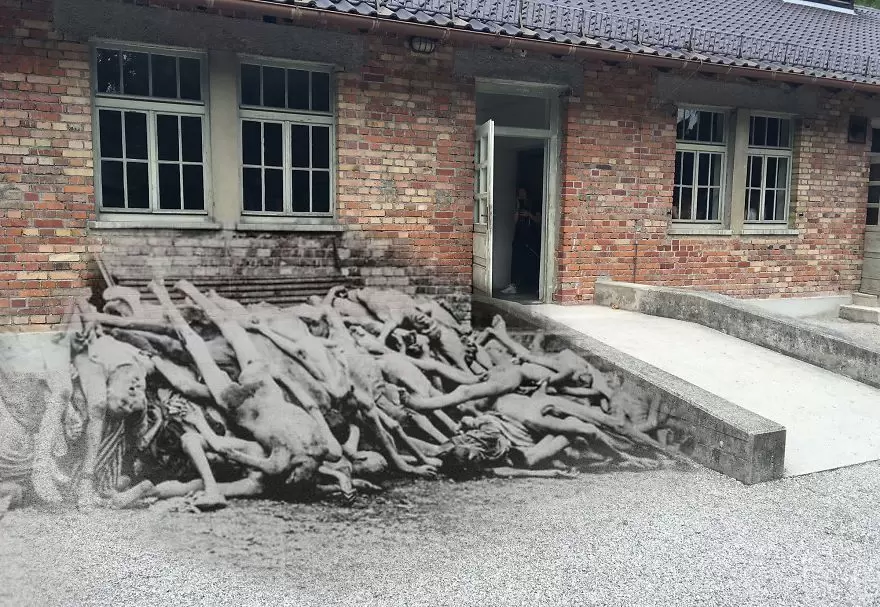
Dachau Camp is a concentration camp established by Nazi Germany during World War II and is one of the most horrific memories of the war. The camp was opened in 1933 and operated until 1945. Dachau Camp has become a symbol of the systematic persecution of Jews, political dissidents, homosexuals, Roma, and other minorities by the Nazi regime.
The history of the camp begins with Adolf Hitler's rise to power in 1933. The Nazi regime began to send dissidents and minorities to concentration camps to systematically eliminate them. Dachau Camp is one of these camps and approximately 200,000 people were held here. The purpose of the camp was to collect, torture, and kill enemies of the Nazi regime.
The conditions of the camp were inhumane. Prisoners were subjected to hunger, torture, disease, and death. The doctors of the camp conducted inhumane experiments on prisoners. Most of the prisoners died due to hunger, disease, and torture. During the liberation of the camp, approximately 32,000 people died.
After the end of the war, Dachau Camp was turned into a monument. The remains of the camp now serve as a museum. The museum provides visitors with information about the history of the camp and serves as a reminder of inhumane practices.
Dachau Camp is one of the darkest periods in human history. The inhumane practices of the Nazi regime will continue to be a source of shame in world history. Dachau Camp reminds us how cruel people can be to each other and serves as a warning to humanity.
Historical Tour in Munich: Traces of World War II
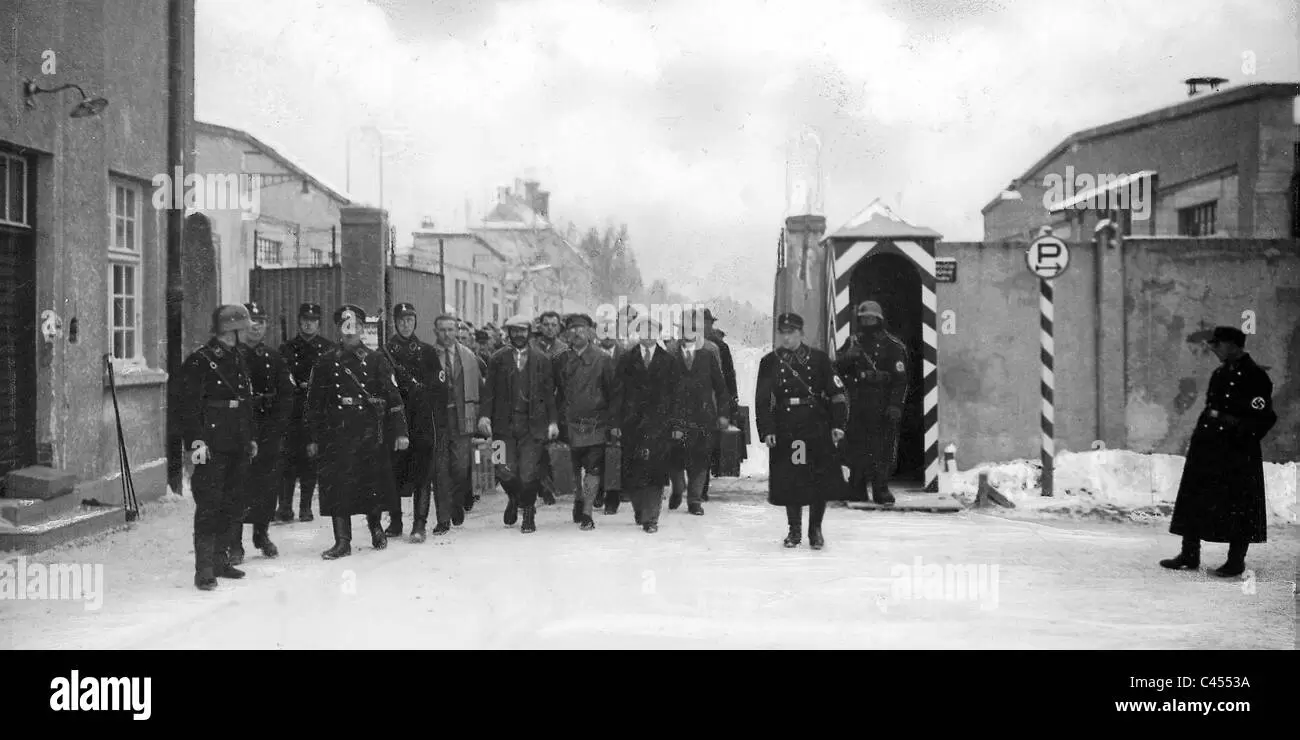
Munich is a historic city located in the south of Germany. The city attracts tourists with its historic texture, cultural heritage, and natural beauty. However, Munich's history also includes traces of World War II.
Munich is known as the birthplace of the Nazi Party. Adolf Hitler founded the Nazi Party in Munich in the 1920s by meeting with party members. Therefore, there are many monuments, buildings, and museums related to the Nazi era in Munich.
One of the most important of these is the Dachau Concentration Camp, where Nazi leaders tried in the Nuremberg Trials were held. The camp was opened in 1933 and about 200,000 people were held here. The museum located inside the camp provides visitors with detailed information about the Nazi era.
In addition, the terrorist attack that took place during the 1972 Summer Olympics is also not forgotten in Munich. 11 Israeli athletes lost their lives in the attack that took place in the Olympic Village. The apartment building where the terrorists stayed is still standing.
Visiting historic sites in Munich is not only a tourist activity but also means witnessing an important period in history. Although the city carries traces of painful events such as the Nazi era and terrorist attacks, these events are part of history and carry an important lesson for humanity.
Dachau Camp: A Journey in Memory of the Most Horrific Events in Human History
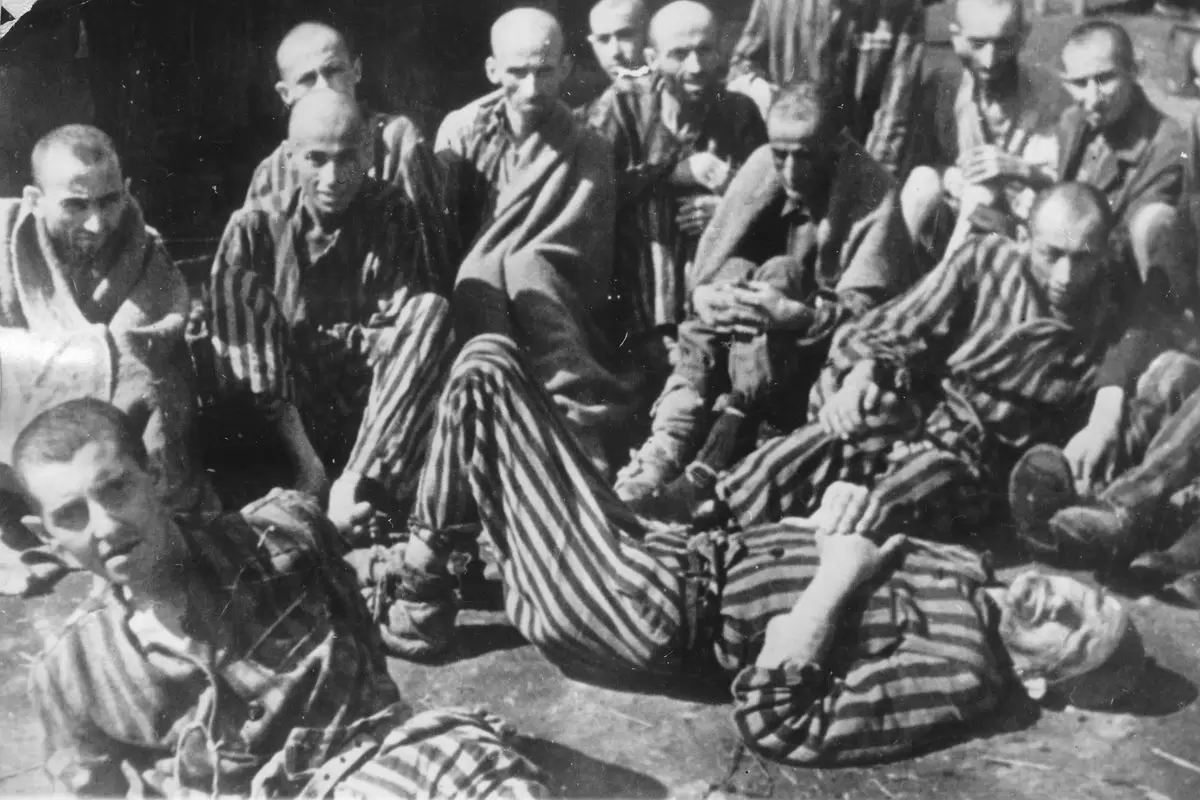
Dachau Camp is one of the most terrifying and ruthless camps of Nazi Germany. It was built during World War II, one of the darkest periods in human history, when Jews, political dissidents, homosexuals, and other minorities were sent to concentration camps by the Nazi regime.
Dachau Camp was opened in 1933 and operated until 1945. The camp was a place where approximately 200,000 people were held and 41,500 people died. Inside the camp, there were factories where prisoners were forced to work, gas chambers, torture rooms, and other horrific places.
The conditions inside the camp were inhumane. Prisoners were subjected to hunger, thirst, disease, and torture. Nazi doctors subjected prisoners to human experiments and conducted experiments to treat deadly diseases.
Dachau Camp was closed after the end of World War II. However, the memory of the camp is still alive and is remembered as one of the darkest periods in human history.
Today, Dachau Camp serves as a memorial and museum. Visitors can learn about the history of the camp and the horrific events that took place inside. The buildings inside the camp show the conditions in which prisoners lived, and the memorial serves as a tribute to those who died.
Dachau Camp is one of the most terrifying events in human history. However, what happened during this dark period shows how cruel people can be. Today, the memory of Dachau Camp remains a reminder for people to never experience such a thing again.
Historical Discovery in Munich: Remnants of World War II
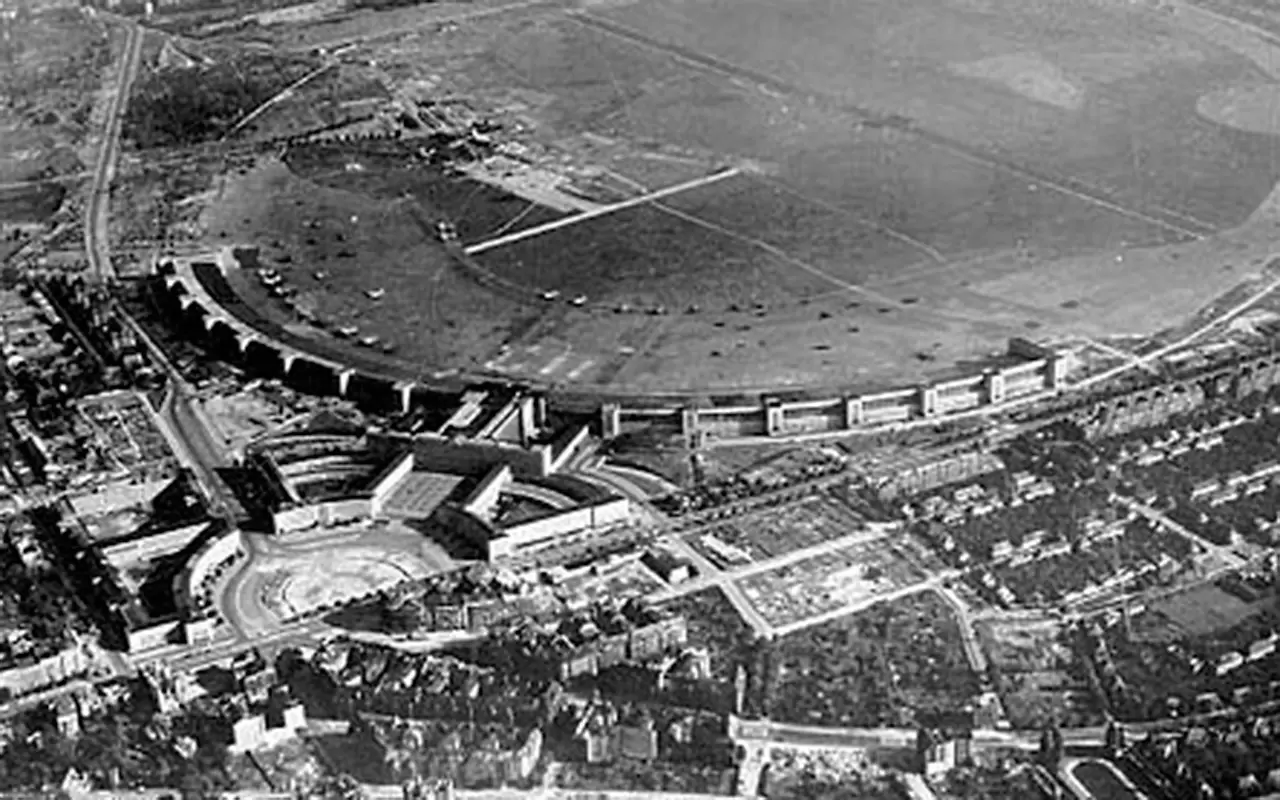
Munich is a historic city located in the south of Germany. The city is known worldwide for its historic structure and cultural heritage. However, a recent discovery in Munich has added a new dimension to the city's historic structure. Remnants of World War II were found in Munich.
The discovery was made during the construction of a shopping center located in the center of Munich. During construction, an air raid shelter used during World War II was discovered. Inside the shelter, many materials from the war period were found. These materials included weapons, ammunition, gas masks, and other military equipment from the war period.
The discovery added a new dimension to Munich's historic structure. The city suffered great destruction during World War II. However, the remnants of the war enriched the city's historic structure even more. The discovery also reminded people of how great a disaster the war was for humanity.
The discovery in Munich once again showed the importance of history. Historical remnants carry traces of the past and give people the opportunity to understand the past. Therefore, the preservation and discovery of historical remnants are of great importance.
In conclusion, the discovery in Munich added a new dimension to the city's historic structure. The remnants of World War II reminded people of how great a disaster the war was for humanity. The preservation and discovery of historical remnants provide an opportunity to understand the past and once again show the importance of history.
Dachau Camp: A Memory of a Past That Humanity Will Not Want to Forget
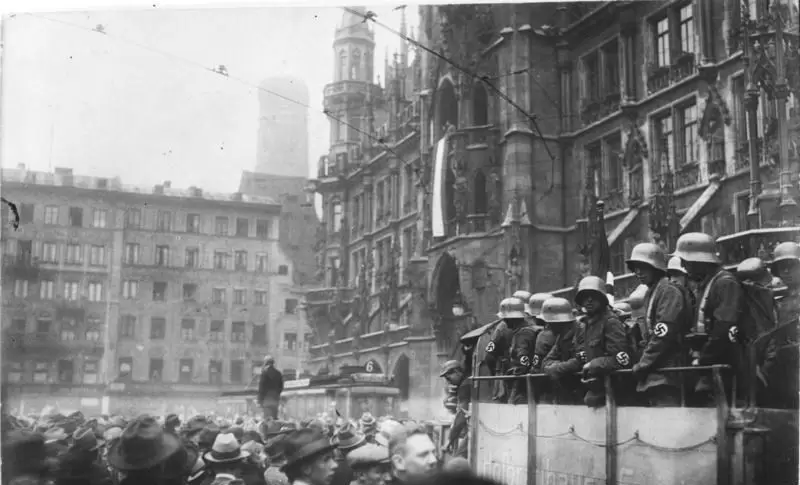
Dachau Camp is a camp that was established during Nazi Germany and is one of the largest concentration camps. During World War II, one of the darkest periods in human history, many people such as Jews, political dissidents, homosexuals, Roma, and other minorities were held and tortured here by the Nazi regime.
Dachau Camp was opened in 1933 and operated until 1945. The purpose of the camp was to be used as a punishment camp for enemies of the Nazi regime. However, the real purpose of the camp was to be used as an extermination camp against ideological enemies of the Nazi regime.
The conditions of the camp were inhumane. Prisoners had to live under conditions of hunger, torture, disease, and deadly working conditions. In the history of the camp, approximately 200,000 people were held and 41,500 people died.
Dachau Camp is a reminder of what happened during World War II, one of the darkest periods in human history. This camp reminds us how cruel people can be and how important human rights are.
Today, Dachau Camp serves as a memorial and museum. Visitors try to understand one of the darkest periods in human history by learning about the history and conditions of the camp. This camp is a reminder for people not to forget what happened in the past and not to repeat similar mistakes in the future.

Comments